Last Updated on August 20, 2024
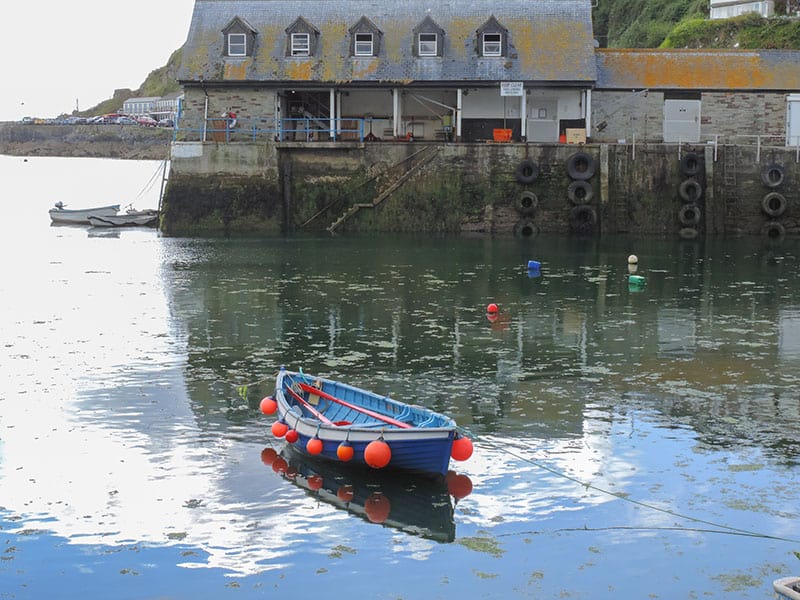
Estimated reading time: 11 minutes
By Jim Ferri
I knew there were a lot of good places to visit in Cornwall. I just didn’t realize how many.
Now, after renting a car at Heathrow, I was heading off to one of those places. For an hour I had been cutting across sheep-speckled hillsides, speeding through clumps of thick forest, and hurtling through canyon-like hedgerows a car-width wide.
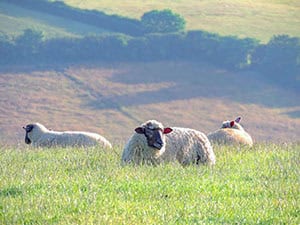
To describe the route as “serpentine” didn’t scratch the surface, and I wondered if I was on the right track. I soon realized I was.
I was on a two-day drive about Cornwall, the toe of land jutting out into the Atlantic in southwestern England. It’s eastern shore, as a matter of fact, where I was now headed, gives birth to the English Channel.
But the thousands of Brits who holiday here could care less about the Channel. Mention Cornwall to them and they think about a place where the air is salty, the seafood fresh and the landscape dramatic.
It’s a place I’d wanted to visit for years but for one reason or another never did. But now I was there, driving across a bucolic countryside, and along a wild coast scalloped with little bays that sheltered old fishing villages now ripe with pubs, restaurants, gardens and galleries. And to tell you the truth, the reality of it all was surpassing my expectations.
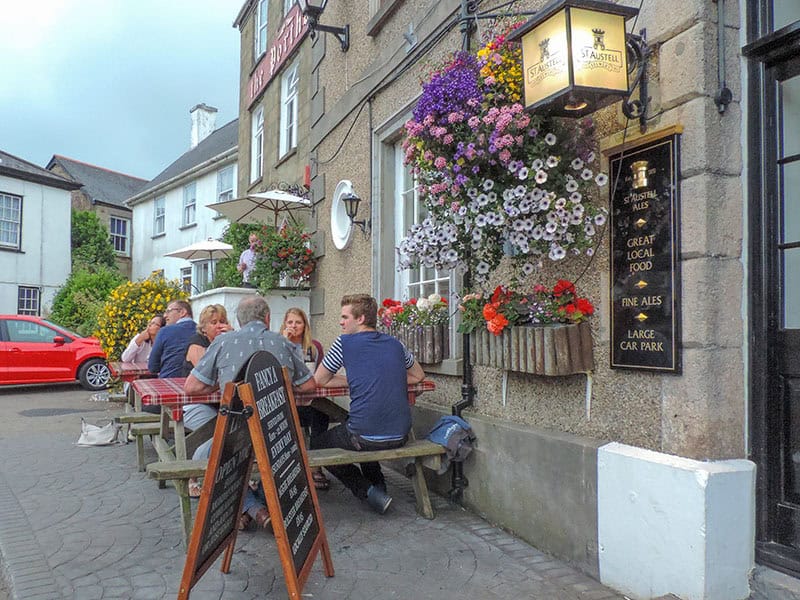
St. Agnes, My First Stop in Cornwall
I began my Odyssey in the little town of St. Agnes, my first stop in the north of Cornwall.
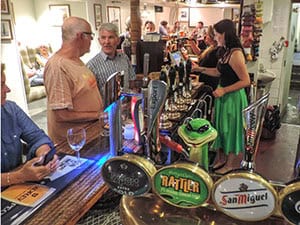
I had booked a room in a B&B right in the center of town. Although it could have used a little modernizing, the price was right. The public areas were also comfortable, and the owners, Geoff and Lois, quite helpful and friendly.
It was the height of the season, which meant most of the restaurants in town were full for the evening. Geoff, however, was able to find me a table at the nearby Taste Restaurant. It was a delightful little place just up the street. I relaxed over a rack of lamb accompanied by a nice Merlot, plotting my strategy for the days to come.
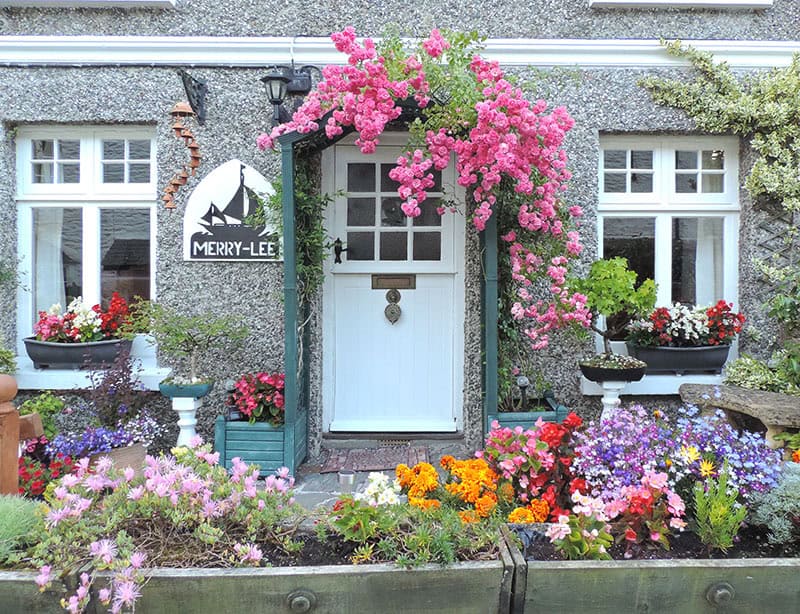
The Old Smuggler’s Haven of Polperro, One of the Best Places to Visit in Cornwall
The next morning with some guidance from Geoff, I was out quite early. I set off across Cornwall to the little town of Polperro, about 45 miles northeast on the eastern side of Cornwall.
Polperro is a pleasant place, a picturesque fishing village and old smuggler’s haven. It’s now crowded with shops and old fishermen’s houses left relatively untouched for centuries. It retains much of its charm by having visitors park at the top of town. Thankfully, it was only a half-mile walk down to the pretty old harbor.
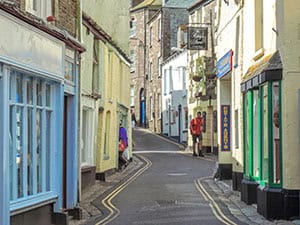
When I arrived on Saturday at 7a.m. the town was still asleep. Walking to the harbor I encountered just one other person, a woman outside a café waiting for it to open. The only sound was that of seagulls screeching from their perches on chimney tops.
Wandering through its warren of little lanes, I reached the harbor. There I was met by a jumble of boats sitting high and dry in the mud at low tide.
I continued to walk about, watching the harbor and the little town awake. Looking at the preponderance of sea-related names engraved on old buildings and stamped above the doorways of businesses and restaurants, it was evident that history and tourism drive the local economy.
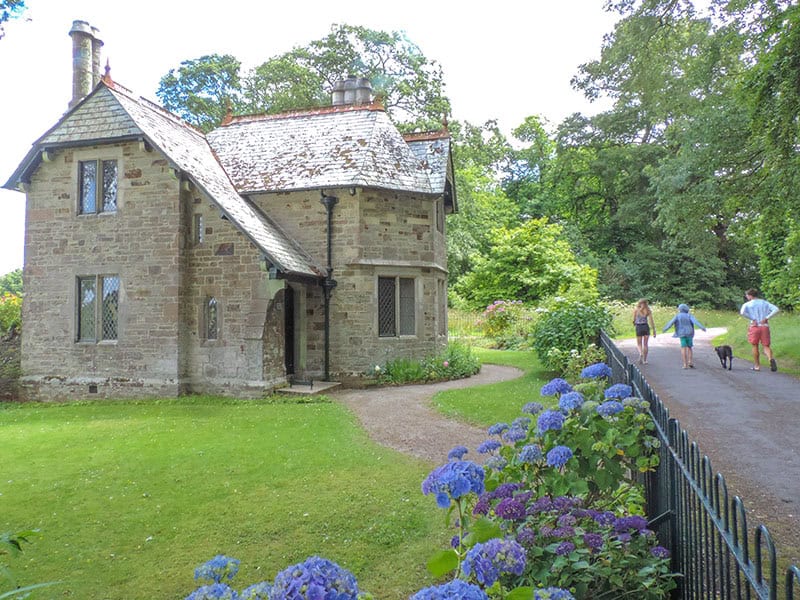
Heading South
After two hours or so, I headed back to my car to continue on my quest to find the most interesting places to visit in Cornwall. My plan, fine-tuned on my stroll about Polperro, was to drive southwards towards the Lizard Peninsula. The peninsula is the southernmost tip of England and the beginning of the English Channel. From there my plan was to turn west towards Penzance and beyond.
My GPS, seeking the shortest route, kept me on the back roads squished in between the hedgerows. It prompted some daring driving and frequent negotiations of passage with oncoming cars.
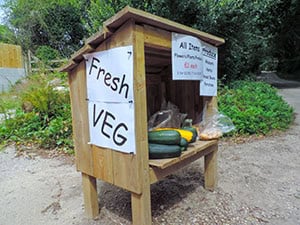
I soon saw that many other drivers must have also been following their GPSs, as we all consistently made the same turns.
Nearing Falmouth, one of the embarkation points for the D-Day landings in Normandy, I split off from the pack. I had decided to detour to St. Just-in-Roseland to see its 13th-century church.
Also, I wanted to bypass the nearby popular town of St. Mawes, one of the more attractive areas of England. I was interested in finding off-the-beaten-track good places to visit in Cornwall, not those places which attract the wealthy and their yachts, and crowds of tourists.
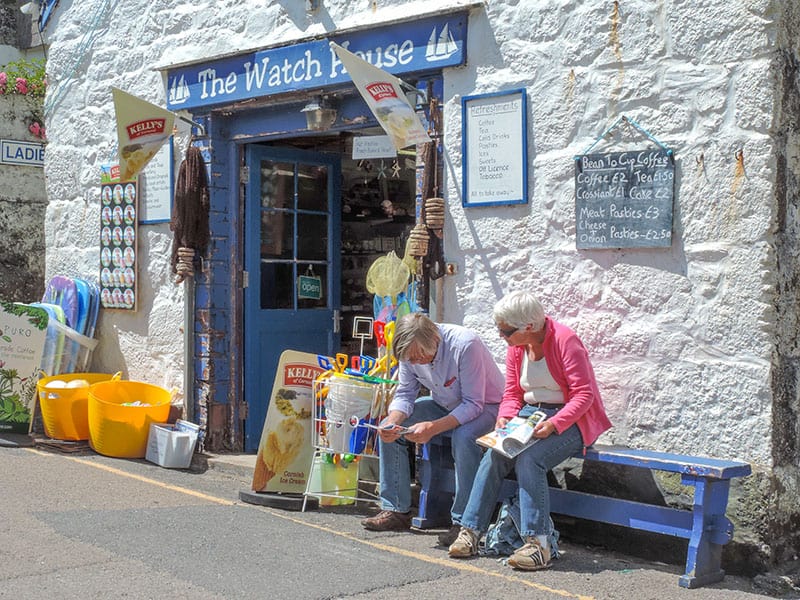
Off the Beaten Track to Cadgwith
After a quick stop at St. Just, I followed the road that would take me southward. I was soon aboard the small King Harry Ferry, crossing the River Fal. It would empty into the English Channel at Falmouth just a short way downstream.
I had a chuckle up the road earlier when I saw someone had changed the first “r” in Harry’s name on a sign, re-christening it the “King Hairy Ferry.”
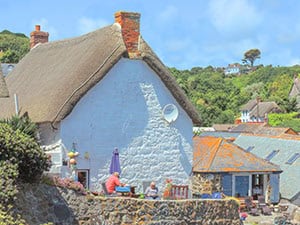
In the few minutes it took me to reach the far side of the river, I had a realization. I had my fill of hedgerows and the strenuous driving they often entailed.
It also was becoming obvious it would take forever to reach my destination if I continued driving the back roads. I decided to get back on the main road, the A394, the quickest route to the Lizard Peninsula. I wanted to see teh Lizard’s windswept coastline, the southernmost point in Britain.
Nearing the far reaches of the peninsula, I saw a sign for Cadgwith and abruptly turned off the main road.
I was soon in the clutch of a little old fishing village, a charming place with several thatched-roof houses. You could see they were authentic and still someone’s home. Chicken wire covered the thatch and chains ran down the sides of the roofs to prevent them from being blown off in gales that sometimes lash the coast.
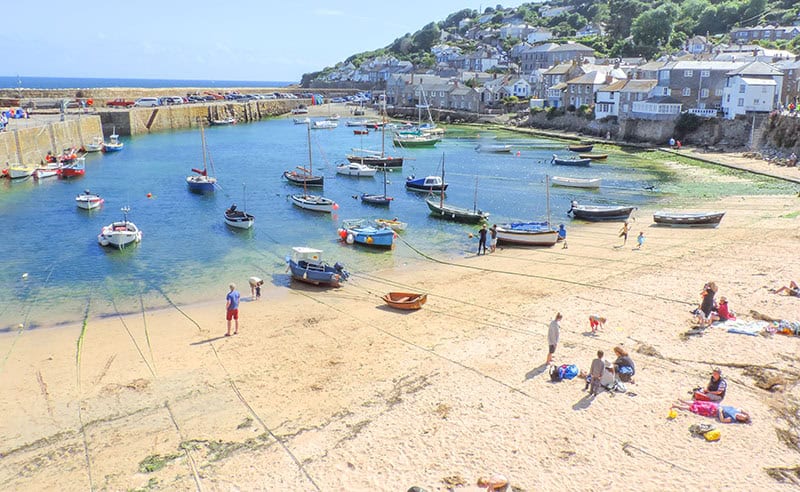
Beautiful Mousehold
I didn’t spend a lot of time in Cadgwith since there was still many places to visit in Cornwall ahead. Of great interest beyond the Lizard Peninsula was Mousehole (pronounced “mo-zall”, Geoff had explained), a pretty little town about 30 miles to the west past Penzance, the commercial center of the area.
Once in Mousehole I found that news of its comeliness had obviously spread far and wide since it was impossible to find a parking space.
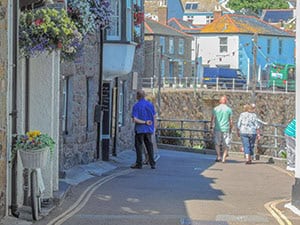
I wound up parking illegally, before setting off towards the harbor along Duck Street, a little lane about 10 feet wide with little houses tucked along its sides. It led me downhill right to the beautiful little harbor.
Mousehole was quite engaging, one of the best places in Cornwall I visited. Also, despite its popularity you didn’t get the sense of having many tourists in town with you. I enjoyed spending time at the harbor, and later wandering through the maze of streets and little lanes on its periphery. It’s well worth a stop if you can find a parking spot.
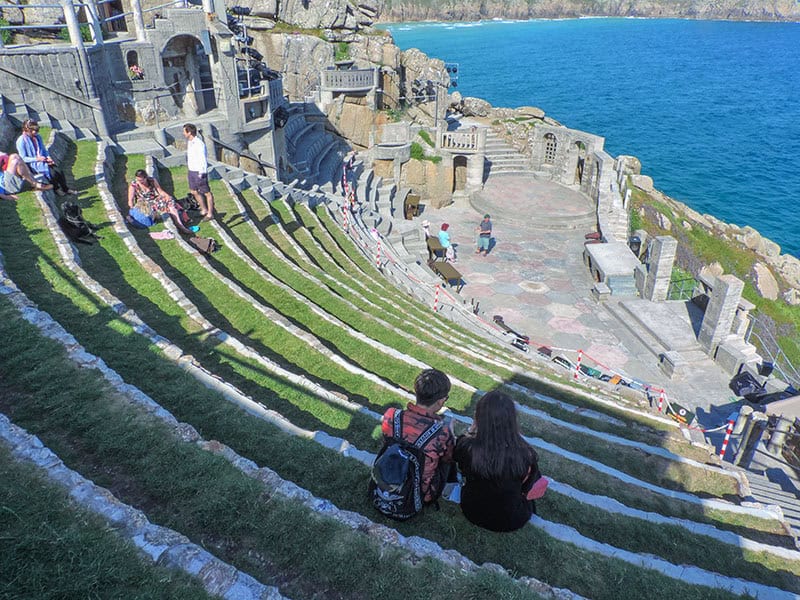
The Incredible Minack Theatre
Drive about nine miles south of Mousehole is the phenomenal Minack Theater, its layout and style mimicking an ancient Greek theater. It’s one of the best places in Cornwall to visit.
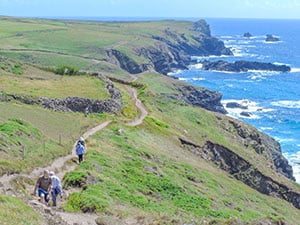
What makes Minack so incredible is its setting on a cliff overlooking a stretch of wild and rocky coastline. Below the theater the surf plummets the cliffs as far as you can see.
It’s a beautiful setting, especially since the water in the area is aquamarine in color, giving it a fascinating look, something rare in a country known for dreary winters.
Even rarer is the sub-tropical climate of the region, which nurtures plant life found nowhere else in England. The climate also allows for outdoor productions at Minack from April through September.
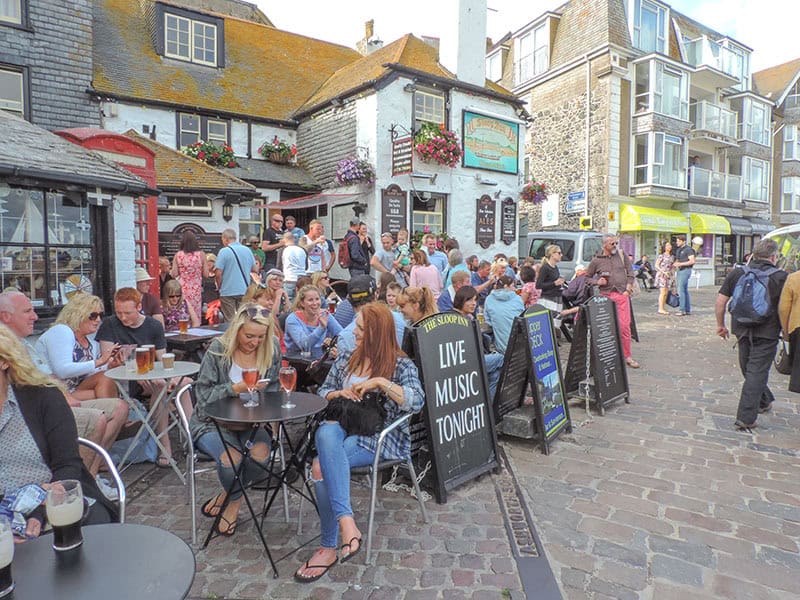
The Beach Town of St. Ives
Unfortunately, I wasn’t as enthusiastic about the town of St. Ives, approximately 20 miles north of the Minack Theatre. The westerly most point in England and a popular ressort, St. Ives is often raved about in the British media.
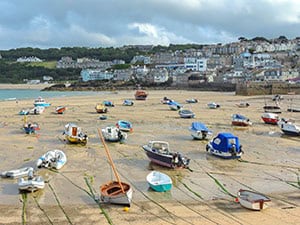
However, I didn’t find it to be among best places in Cornwall to visit. In fact, it was almost the polar opposite of the other towns I had been visiting.
St. Ives is a much larger town than many of its Cornish neighbors. It’s also more mass market, attracting party-goers seeking a beach resort experience more than travelers seeking a cultural one.
That’s not to suggest, however, that St. Ives is totally devoid of cultural interests. Several St. Ives’ institutions, such as the much-acclaimed Barbara Hepworth Museum and Sculpture Garden, and the Tate St. Ives, help balance the cultural scales.
You may also enjoy: The Top 10 Places in England / England’s Beautiful Lake District / Best Things to Do in the Cotswolds, An Easy Daytrip From London
If you go:
Cornwall is about a four-hour drive from London’s Heathrow, and is best seen by car if you want to wander through the area’s many coastal villages.
You’ll find plenty of auto rentals at Heathrow. Just be sure the car has GPS, or bring your own, since the area’s numerous roads and little lanes can be confusing at times.
VisitBritain
http://www.visitbritain.com

This trip is on my wife’s and my bucket list. We are avid viewers of the PBS broadcasts of Doc Martin and Poldark, both set throughout the Cornwall coast. I can see what you mean about the hedgerow car-width roads from Doc Martin’s many close encounters with oncoming traffic. Port Isaac itself is the main character in that series. And Cornwall’s cliffs and inlets provide the exuberant backdrop for Ross Poldark’s many adventures, especially romantic encounters which keep him and his steady steed dashing along the cliffs in his constant pursuit of justice and love. You should continue your PBS tour by heading over to the Shetland Islands – take an interpreter! Keep on traveling, amigo. We enjoy traveling with you.
Thanks Greg. Happy New Year to you and Blair!